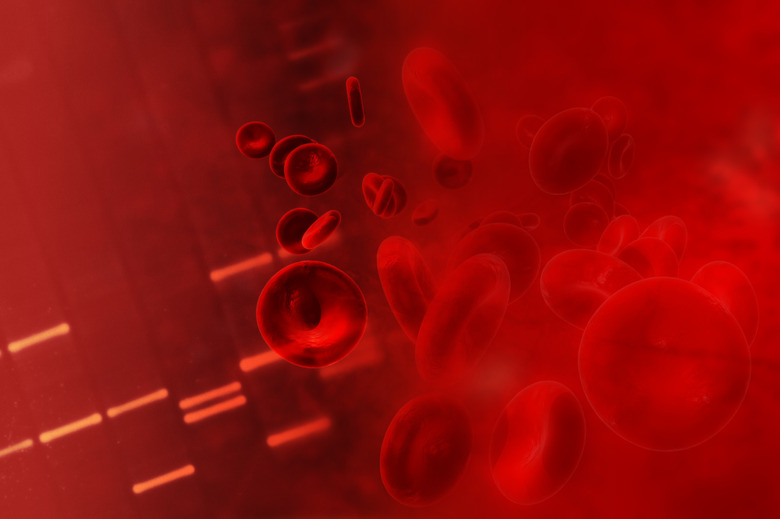What Is The Goal Of Homeostasis?
Homeostasis is the body's natural ability to maintain a balance among the many processes and functions that are carried out in order to ensure that humans and other organisms function at an optimal level. The most primitive and crucial areas of the body are controlled by homeostatic conditions. Things like balance, heart rate, blood acidity and body temperature are all important and any sudden discrepancy can be potentially lethal. Homeostasis prevents this.
Body Temperature
Body Temperature
Maintaining an ideal body temperature is crucial for the body, as it helps keep proteins and cells from dying. Cells and internal organs can function only within a very narrow body temperature. Homeostasis processes control metabolic processes that produce heat, which helps to control the amount of heat released from different reactions within the body. Homeostasis helps to maintain an ideal body temperature throughout, which in turn, keeps the body's cells and organs functioning independently of external temperatures.
Blood Acidity
Blood Acidity
It is important for blood pH levels to be at a constant 7.4, as this allows the cells and organelles of the body to function optimally. Mainly two organ sets in the body, the lungs and the kidneys, control blood pH. The lungs regulate the blood pH by removing carbon dioxide from blood and charging it with oxygen, while the kidneys regulate blood acidity by removing acidic waste from the blood stream. Homeostatic buffering systems also counteract acute and sudden drops in pH levels, ensuring that their affect is not as significant.
Blood Pressure
Blood Pressure
Homeostatic mechanisms in the lower regions of the brain stabilize blood pressure through positive and negative feedback. Pressure receptors throughout the entire body send feedback to the brain. When the pressure is too high, pressure receptors send a negative feedback, which causes the heart rate to drop. When blood pressure is too low, the pressure receptors send a positive feedback, which causes the heart rate to increase. This whole process ensures that the pressure at which blood is being pumped is constant and meets the body's demands.
Heart Rate
Heart Rate
Homeostatic conditions within the brain help control heart rate to ensure that the body's internal environment remains constant. Heart rate is dependent on the amount of oxygen present in the bloodstream and the brain uses certain hormones to increase or decrease the amount of oxygen within the body, which in turn, controls the heart rate. To increase heart rate, the pituitary gland within the hypothalamus of the brain releases adrenaline. The presence of adrenaline in the bloodstream causes an autoimmune response within the body and the body increases its demand for oxygen. To decrease the heart rate, the brain will release acetylcholine into the bloodstream, which causes the heart muscles to contract, decreasing heart rate.
Cite This Article
MLA
, Rebekah Pierce. "What Is The Goal Of Homeostasis?" sciencing.com, https://www.sciencing.com/goal-homeostasis-22875/. 24 April 2017.
APA
, Rebekah Pierce. (2017, April 24). What Is The Goal Of Homeostasis?. sciencing.com. Retrieved from https://www.sciencing.com/goal-homeostasis-22875/
Chicago
, Rebekah Pierce. What Is The Goal Of Homeostasis? last modified March 24, 2022. https://www.sciencing.com/goal-homeostasis-22875/
